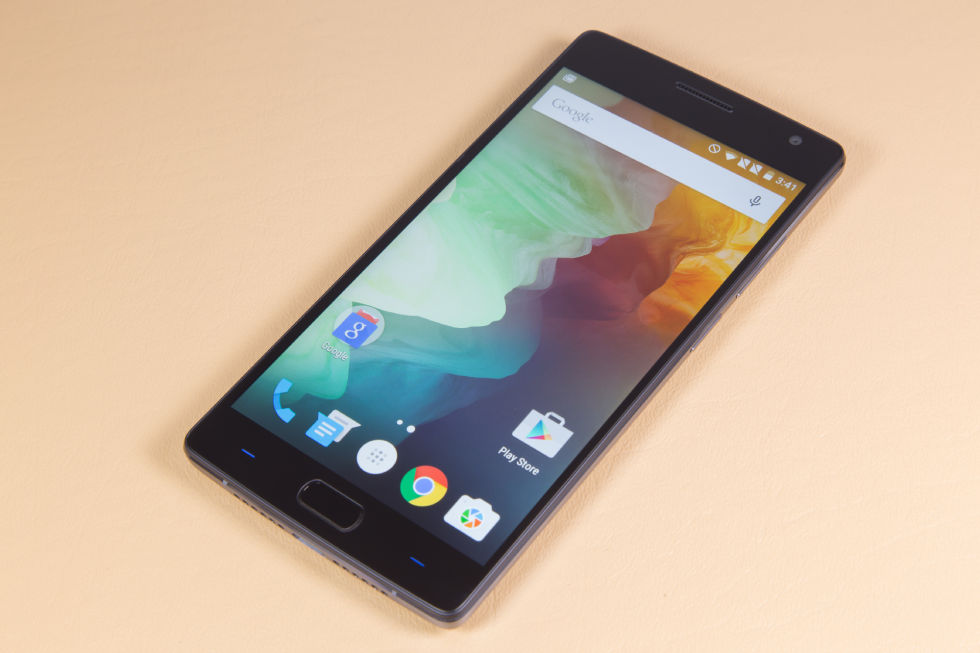OnePlus 2 Review—OnePlus cuts the wrong corners to stand out on a budget
Ars Technica 2015-08-19
As a company, OnePlus' most distinctive quality has always been its aggressive marketing strategy. Despite only selling about a million phones so far, the company's slow drip of launch info and any-press-is-good-press mentality keeps it in the news almost as much as companies that sell 100x more units. OnePlus has made a name for itself by aggressively targeting enthusiasts with a "flagship" level device priced at less-than-flagship prices. Its software strategy fully embraces the modding community.
The OnePlus One, like several of Google's Nexus phones before it, did a great job of being cheap without feeling cheap. Google has a ton of money to burn with a pricing scheme like that, but things appear different for OnePlus. It seems like reality has kicked in with the company's second phone, and you can really feel the cost cutting issues with the OnePlus 2.
In an attempt to stand out on a budget, OnePlus removed some "standard" features you would expect on a smartphone, replacing them with unique items it thought consumers would like. We imagine the company made a list of things users do and don't care about, which came out like this:
Read 45 remaining paragraphs | Comments
